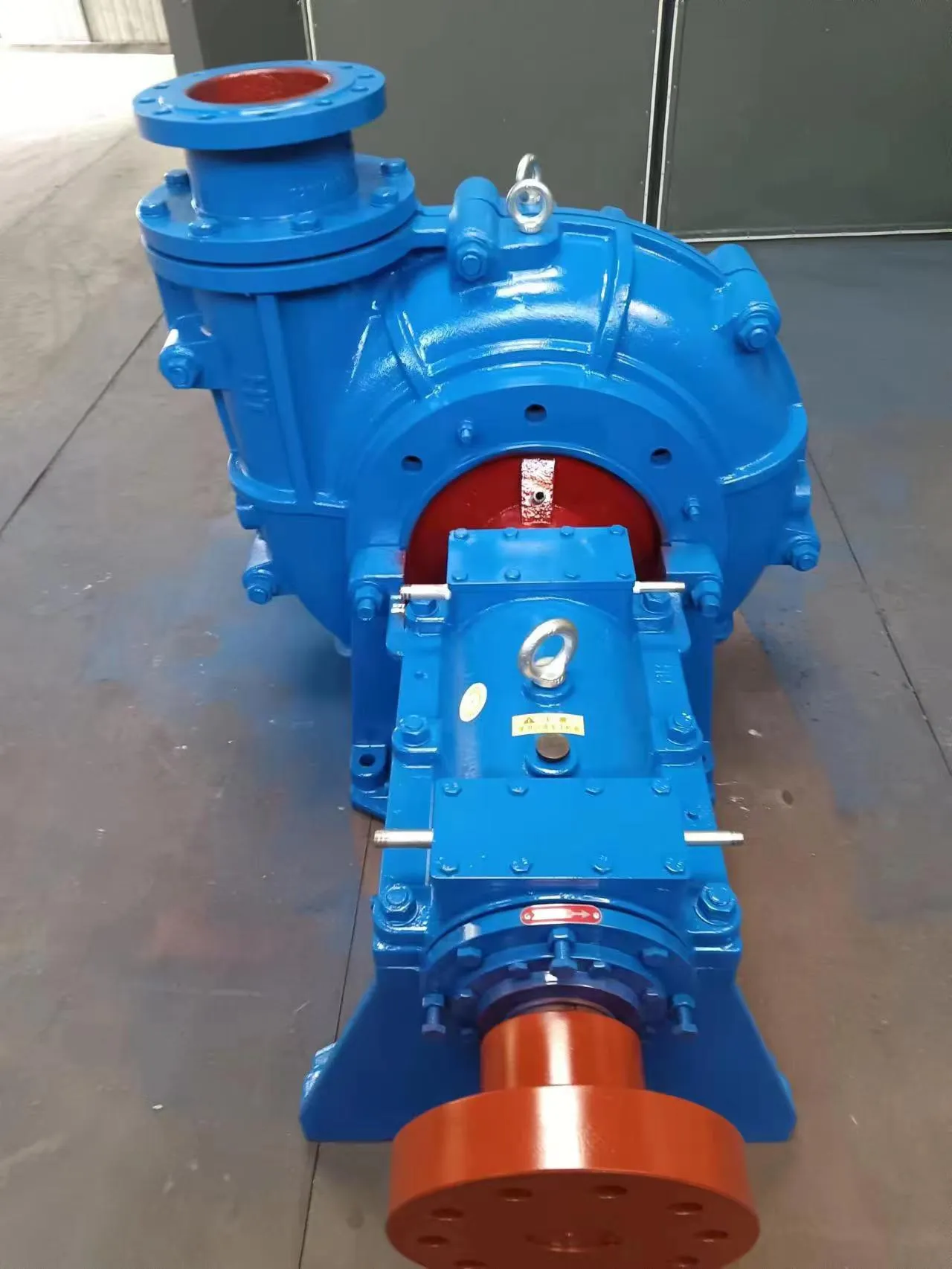Urdu
- Afrikaans
- Albanian
- Amharic
- Arabic
- Armenian
- Azerbaijani
- Basque
- Belarusian
- Bengali
- Bosnian
- Bulgarian
- Catalan
- Cebuano
- Corsican
- Croatian
- Czech
- Danish
- Dutch
- English
- Esperanto
- Estonian
- Finnish
- French
- Frisian
- Galician
- Georgian
- German
- Greek
- Gujarati
- Haitian Creole
- hausa
- hawaiian
- Hebrew
- Hindi
- Miao
- Hungarian
- Icelandic
- igbo
- Indonesian
- irish
- Italian
- Japanese
- Javanese
- Kannada
- kazakh
- Khmer
- Rwandese
- Korean
- Kurdish
- Kyrgyz
- Lao
- Latin
- Latvian
- Lithuanian
- Luxembourgish
- Macedonian
- Malgashi
- Malay
- Malayalam
- Maltese
- Maori
- Marathi
- Mongolian
- Myanmar
- Nepali
- Norwegian
- Norwegian
- Occitan
- Pashto
- Persian
- Polish
- Portuguese
- Punjabi
- Romanian
- Russian
- Samoan
- Scottish Gaelic
- Serbian
- Sesotho
- Shona
- Sindhi
- Sinhala
- Slovak
- Slovenian
- Somali
- Spanish
- Sundanese
- Swahili
- Swedish
- Tagalog
- Tajik
- Tamil
- Tatar
- Telugu
- Thai
- Turkish
- Turkmen
- Ukrainian
- Urdu
- Uighur
- Uzbek
- Vietnamese
- Welsh
- Bantu
- Yiddish
- Yoruba
- Zulu
Telephone: +86 13120555503
Email: frank@cypump.com
ستمبر . 04, 2024 17:07 Back to list
High-Performance Slurry Pumps for Efficient Handling
Understanding Slurry Pumps Essential Components of Various Industries
Slurry pumps are specialized equipment designed to transport mixtures of solids and liquids, commonly known as slurries. These pumps are crucial in various industries, including mining, construction, and wastewater treatment, where the movement of abrasive and viscous materials is essential. Unlike conventional pumps, slurry pumps are built to endure challenging conditions and to handle complex fluids efficiently.
One of the defining features of slurry pumps is their robust construction. They are typically manufactured from high-chromium alloys or rubber-lined materials to resist wear from abrasive particles within the slurry. This durability is vital, as the constant exposure to gritty materials can significantly reduce the lifespan of standard pumps. Additionally, slurry pumps often feature a unique design, including wider impellers and larger pump casings, which allow them to handle thicker slurries without risking clogging or reduced performance.
Slurry pumps come in various types, each tailored for specific applications
. Centrifugal slurry pumps are among the most common, utilizing centrifugal force to draw the slurry into the pump and propel it through the discharge line. These pumps are particularly effective for moving slurries over long distances or to higher elevations. In contrast, positive displacement pumps are another type that works by mechanically trapping a fixed volume of slurry and forcing it through the discharge pipe. This type is typically used for applications requiring a steady flow rate regardless of the discharge pressure.slurry pump

The applications of slurry pumps span multiple sectors. In the mining industry, they are crucial for transporting mineral slurries from processing plants to tailings ponds or for transferring ores. In construction, slurry pumps are utilized for dewatering sites or for handling cement mixtures in concrete production. Wastewater treatment facilities also rely on slurry pumps to move sludge to digesters or to prepare it for further processing.
When selecting a slurry pump, several factors must be considered. These include the type of slurry being pumped, the required flow rate, the distance and elevation the slurry needs to be transported, and the specific characteristics of the fluid, such as its viscosity and solid content. Properly assessing these factors ensures that the right pump is chosen, which can lead to increased efficiency, reduced maintenance costs, and enhanced operational productivity.
In conclusion, slurry pumps play a vital role in various industries where the movement of solid-liquid mixtures is necessary. Their unique design and robust materials enable them to perform effectively under challenging conditions. Understanding the different types and applications of slurry pumps can help businesses optimize their processes and ensure reliable operations. As industries continue to evolve and face new challenges, the importance of efficient slurry handling solutions will undoubtedly grow.
-
ISG Series Pipeline Pump - Chi Yuan Pumps | Energy Efficiency&Compact Design
NewsAug.03,2025
-
ISG Series Vertical Pipeline Pump - Chi Yuan Pumps Co., LTD.|High Efficiency, Low Noise, Durable
NewsAug.02,2025
-
ISG Series Vertical Pipeline Pump - Chi Yuan Pumps | High Efficiency, Low Noise
NewsAug.02,2025
-
ISG Series Vertical Pipeline Pump- Chi Yuan Pumps Co., LTD.|High Efficiency&Compact Design
NewsAug.02,2025
-
Heavy-Duty Mining Sludge Pumps - Wear-Resistant Slurry Handling
NewsAug.02,2025
-
Horizontal Split Case Pump with GPT-4 Turbo | High Efficiency
NewsAug.01,2025










